Voigtlander Nokton and Super Nokton; Long Term Real World Review
A look at a pair of the latest additions to a most unique line-up of lenses, designed for m43 cameras. Read through to find a 15% discount on the full range of Voigtlander m43 Nokton and Super Nokton lenses.
Voigtlander 29mm f0.8 MFT Super Nokton Lens

This astonishing f0.8 aperture’d lens, with an equivalent 58mm field of view on 35mm full-frame format, is in a class of its own. Ground Aspherical elements and a 12 aperture blade design mean that its rendering is simply as spectacular as its light gathering. It focuses down to a very impressive 0.37m and measures 88.9mm x 72.3mm, coming in at 703g.
Voigtlander 60mm f0.95 MFT Nokton Lens

A 120mm equivalent at f0.95 makes for a very special portrait lens. Its close focus of 0.34m though, brings it into close-up photography territory, making for a very versatile lens. Measuring in at 82.5 x 87.7mm and weighing 860g, this is the chunkier of the newest two Noktons.
The pair make for an extremely impressive set and the addition of a Voigtlander 10.5mm f0.95 MFT Nokton or Voigtlander 17.5mm f0.95 MFT Nokton lens will make for a perfect three lens outfit, for photographers or film makers, with a uniform rendering, colour, feel and of course, unique light gathering ability.
Discoveries Of The Super Fast F No.
I’ve been using fast aperture lenses for most of my career (almost 33 years at the time of writing). I was the first amongst my colleagues, on my first two newspapers in the 1980s and early 90s, who had an f1.2 lens, in the form of a Canon 55mm f1.2L FD lens. This was soon to be joined by the phenomenal Canon 85mm f1.2L FD lens. In those days of film, the most common film a photojournalist had was 400 ISO, so those fast apertures allowed us to work in hugely varying light conditions.
For me, fast lenses have always been about their light gathering ability and not ‘bokeh’.
I later went on to get AF versions of these lenses in my Canon EOS days. Many years later, when the Leica M9 came along, I saw what the recently released Leica Noctilux ASPH could do. So, after some saving, an insurance cheque from when a security guard dropped a bag full of camera gear and broke most of it and selling off of less used equipment, I managed to get a Leica 50mm f0.95 Noctilux ASPH. An aperture I’d never ever dreamed of and one which opened many possibilities.

My philosophical approach to lens choice has always remained the same; standard lenses, later joined by zoom lenses as the quality increased, married to at least one super fast aperture lens. This approach makes for an extremely versatile outfit.
Years later, I started shooting what began as a personal project on opera, which soon turned into a major 10 month project with an exhibition (seen by over 400,000 people) and a book, supported by Olympus. I was an Olympus Visionary at the time and was shooting with OM-D E-M1 and E-M5 MkII cameras. When working backstage, I quickly realised that the f1.7 M.Zuiko lenses weren’t fast enough. My Leica M9 and 50mm Noctilux weren’t usable either, as I simply couldn’t see enough in the dark to allow me to manually focus the optical rangefinder. The Olympus mirrorless with its EVF was allowing me to see in the dark, almost like a soldier’s night vision, but the available lenses just weren’t usable as the light levels were so low. I started looking for a speedy solution.
I recalled Voigtlander has a 25mm f0.95 Nokton and when I looked deeper into this, realised that the range had been expanded. A quick phone call to Hardy at Robert White Photographic, was followed by me ordering a Voigtlander 17.5mm (35mm equivalent) and 25mm (50mm equivalent). These two f0.95 lenses allowed me to create work impossible to shoot otherwise. Having these f0.95 apertures was truly a revelation. To give an idea of the lighting conditions, I’d often be shooting at 5000 ISO, 1/20th of a second at f0.95. The marriage of fast aperture and built in body stabiliser allowed me to work unhindered by the less than favourable conditions. The slightly deeper depth of field on m43, also aided me to get my subjects sharply in focus. Some of these pictures were printed at over A0 in size, approaching around 1.5m in length for the exhibition.
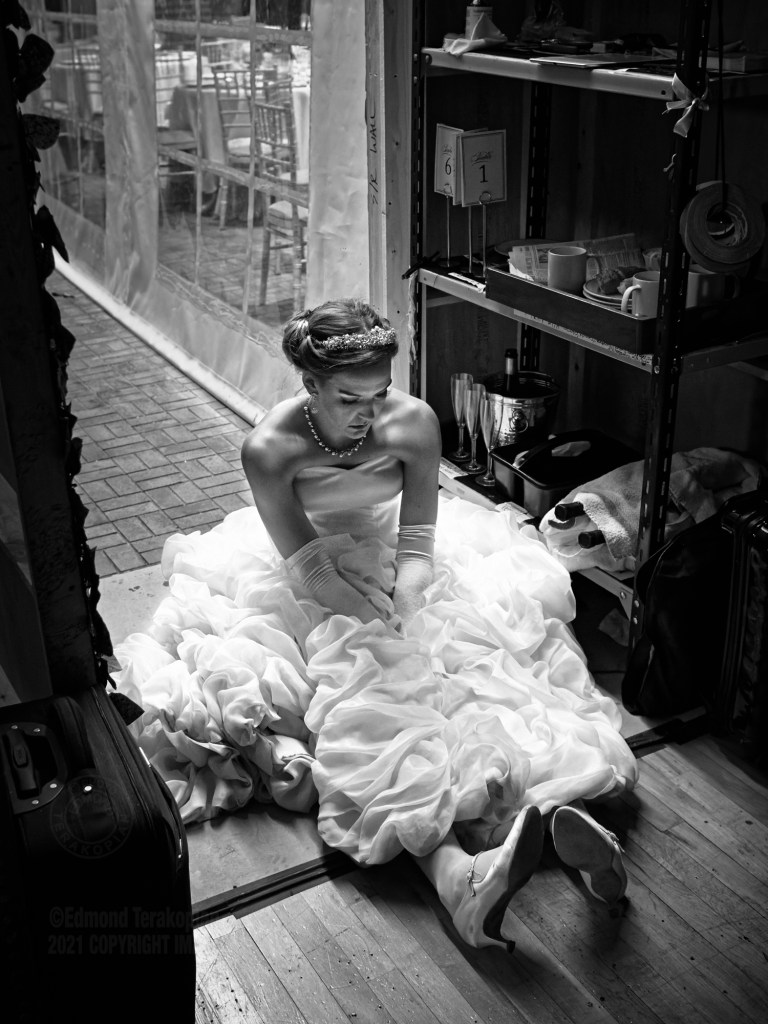
Later on, on a different production, I decided to add the Voigtlander 10.5mm f0.95 Nokton (21mm equivalent) to my setup. These three Noktons have stayed with me since I first got them in 2015, through to my transition to Lumix.
To see some of my work using these Noktons, either visit my Instagram @terakopian or look at the backstage, low light work in my reportage on the opera, Albert Herring on my SmugMug website: https://terakopian.smugmug.com/Albert-Herring-Opera
To help illustrate the light gathering aspect, imagine this as a shooting scenario: You’re shooting a portrait in a dimply lit church, trying to craft a beautiful image using the available daylight, gently flowing through the windows. At a very reasonable 400 ISO, you choose to shoot at 1/125th shutter speed, to ensure no movement from you or the subject. With a Nokton, you’re at f0.95, which allows these settings. If you were to shoot with your pro spec zoom lens at f2.8, you would have to ramp the ISO up to a less acceptable 3200 ISO. For me, this ability to shoot with available light is far more of a priority, than bokeh hunting, which of course the Voigtlander Nokton and Super Nokton will give you, by the bucket load. The ability to isolate the subject, is there, in a very unique and aesthetically pleasing way.
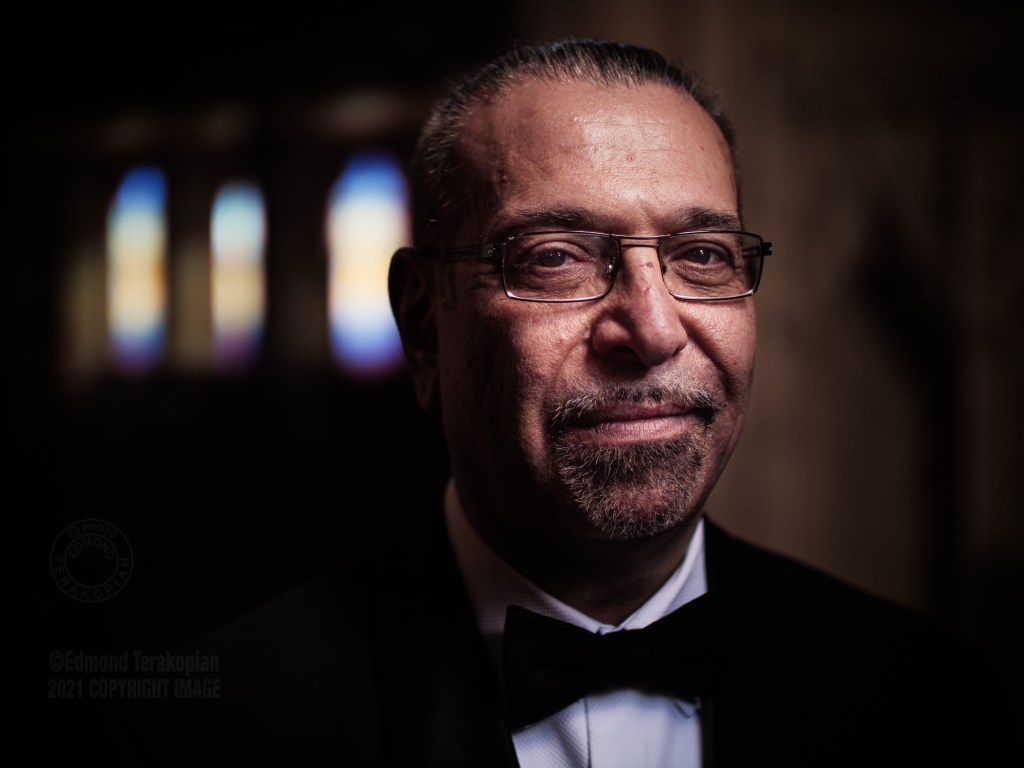
The Fast F No. Flip Side
These are all specialist lenses and when wide open, they’re not clinically pin sharp when shooting a lens chart, specifically as you start to edge further out from the centre, the sharpness drops somewhat. Even a Leica Noctilux ASPH costing over £8000 struggles with this. Physics is physics and any lens that reaches the dizzying apertures of zero point something, has to make a compromise or two. I only raise this as I’ve occasionally read criticism of all these mega aperture lenses, where the social media poster clearly doesn’t understand that these are specific tools for ultra low light work. Of course, when you stop down to the f5.6 through to f9.0 window, the lenses will sharpen up dramatically, including towards the edges, rendering ‘perfect’ clinical results. For me though, an image with soul wins over a clinically sharp picture of a boring, static object. Photography is about emotion and thought, and these lenses give us the tools to create such work, in conditions often out of bounds.
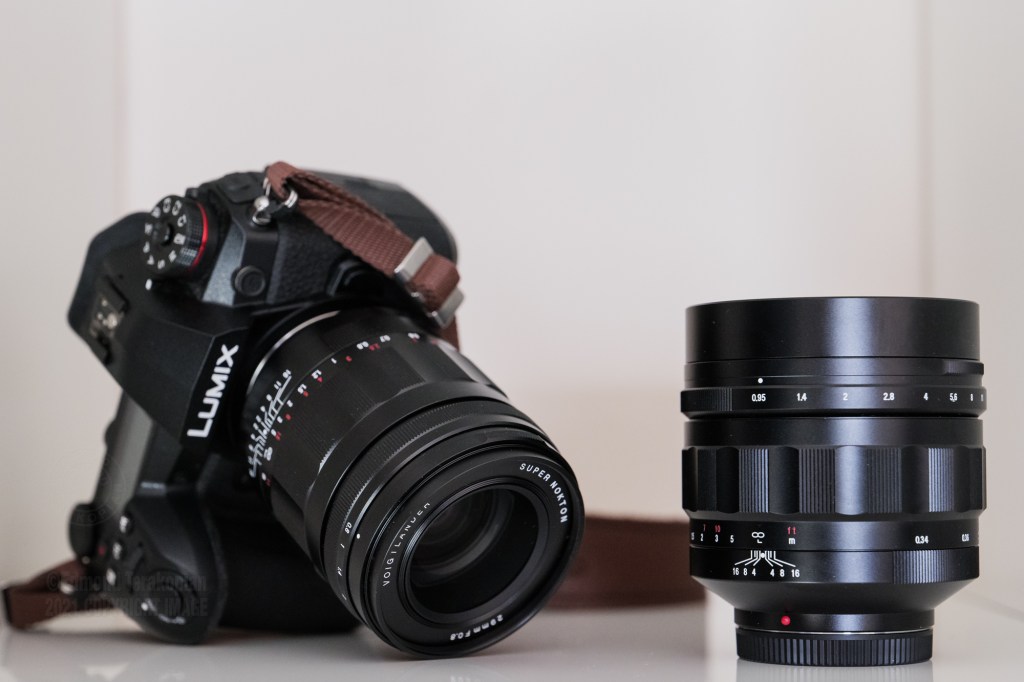
These aren’t general purpose lenses, they are however masters in low light and creative photography. They allow you to work in conditions that are dreamt of and rarely realised with regular prime lenses or zooms. Just to put your mind at ease when I write they’re not clinically pin sharp, I’m more than happy to put my reputation on the line and produce not only my own personal work with these nocturnal creatures, but shoot commissioned assignments too. They are that good. Just not as good when shooting charts on a wall, pixel peeping the chart and comparing them to standard lenses, which don’t have the f zero point something magic.
It’s about keeping in mind that these are specialist tools, which means that I use my Noktons for specific work, that’s where they shine. For fast street photography during the day, I’d definitely choose an AF lens. However, for the same genre at night, when trying to work in the most challenging of situations, then these lenses are the perfect choice and will produce magic. For observed moments in a pub, at a wedding, by the canals in Venice, or a portrait of a loved one, choosing either of these lenses will produce pictures that you will treasure. The close focus also adds the ability of still life closeups, of anything from flowers to objects. Shoot these wide open to create something extremely unique, or stop them down for a more traditional look.
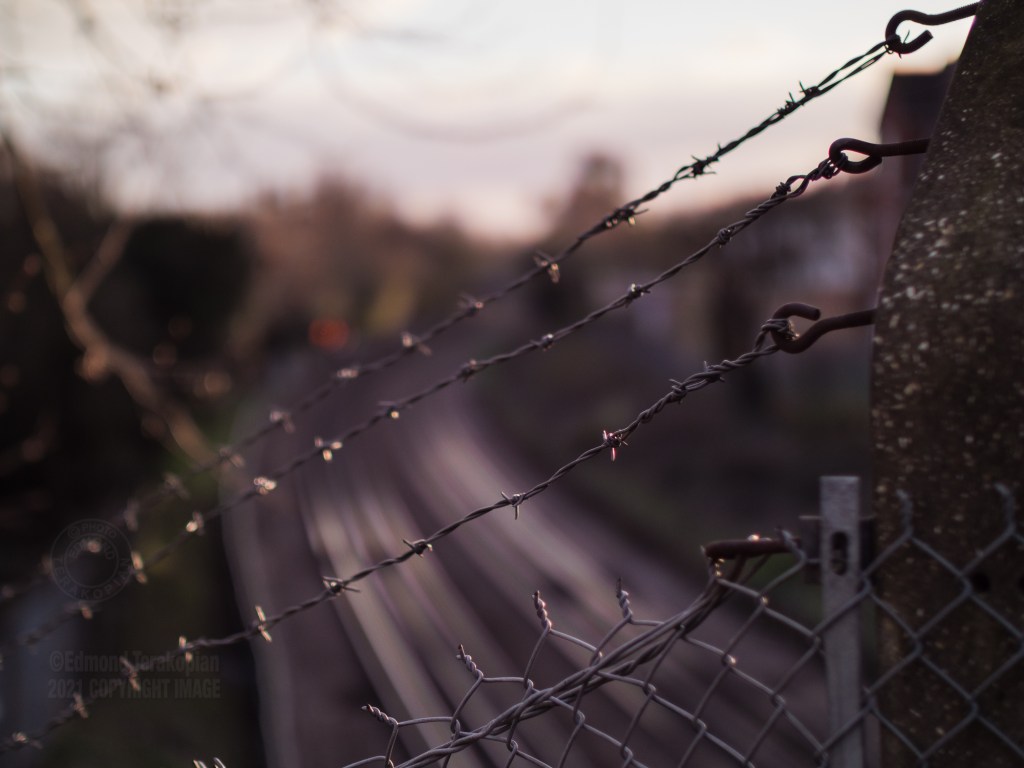
This magic takes a little bit of work though and you need to raise your skill level. Once you do though, imagery that wasn’t recordable, begins to write to your memory card. Put in the time it takes to master manual focusing, learning how the focus ring behaves, develop a little muscle memory, use focus peaking and punching in to magnify the focus point to check critical focus, and these lenses will make you smile. You start to produce results from environments you simply wouldn’t have previously been able to really work in. One other tip is to focus wide open, which allows you to be absolutely critical when focusing (it also gives focus peaking a razor’s edge of area to highlight, adding to accuracy) and then if needed, stop down to shoot. Naturally the subject dictates how to approach it, so with faster shooting scenarios, one can focus stopped down as well.
My bag of three Noktons is now a bag of four Noktons and one stellar, Super Nokton. These five lenses are a crucial tool of how I work. I’d definitely recommend you check them out.
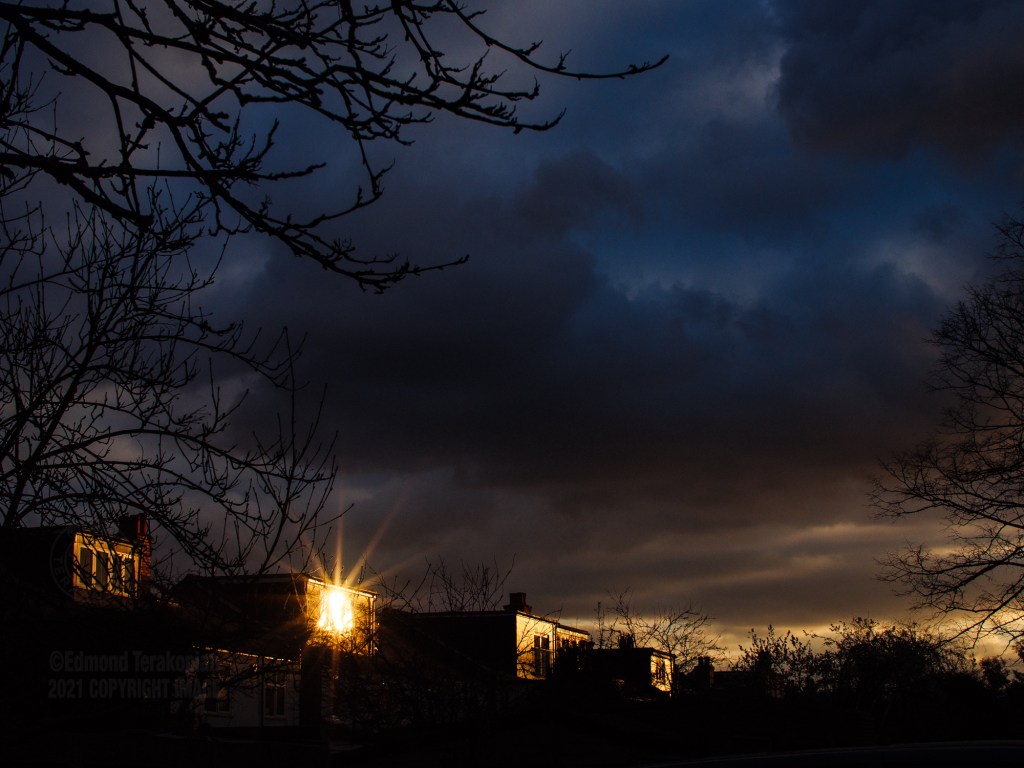
Tonal Range
My years of shooting with my three Voigtlander Noktons showed me that these lenses have tremendous tonal range; from highlight detail, with a lovely information rich gradation, all the way to the deepest shadow areas. This provides a raw file with all the details you need, ready to be processed to produce a vibrant colour or the lushest of monochrome images. I’m thrilled to share that these new additions exhibit the same rich, full tonal range. Stop them down a little and they become pin sharp too, perfect for detail rich landscapes or urban cityscapes.

Image Processing
When it comes to image processing, m43 cameras have their lens correction info built into their raw profiles. With any non-m43 or non electronic lens, this information is missing. I’m thrilled to say that Adobe’s LightRoom has all this information in the lens correction module. So, just choose Voigtlander and then find the profile for the lens you’ve shot with. In my LightRoom, I’ve actually set up Custom User Presets for each lens, so one click, populates all the settings I need, including some raw processing tweaks.
On the subject of image processing, all the images posted here and in the related Flickr album (see below), were shot in raw and processed in LightRoom. The finishing touches to the colour photographs and the black and white treatment on the monochrome images, were done in Exposure Software’s X6 and X7.

Construction
Anyone who has used a professional grade manual focus lens from the ‘good old days’ will immediately feel at home. Both of these lenses are phenomenally made. Engineered to perfection; perhaps, over engineered even. To help illustrate this, my three previous Nokton lenses are seven years old at the time of writing; seven years of professional use has left the performing exactly as they did initially and looking practically brand new. These are well made, professional grade lenses. As the DNA is the same with the two newer lenses, I have no doubt that a decade or two on, these lenses will be just as good as they are now.

The focusing rings are smooth, the aperture rings sure footed. For film makers or those working on film sets as photographers, the aperture ring can be de-clicked at the twist of a ring, resulting in silent operation.
On the video front, the full range of m43 Noktons and the Super Nokton, provides an amazing set of lenses. High end film makers prefer manual focus anyway. The feel, accuracy and look of these lenses, married to a quality ND filter, will produce a wonderful look and feel.
I used to shoot Canon FD (mainly L lenses) and then Nikon AS and AIS lenses in the 90s and both of these Voigtlanders remind me of using those quality lenses with their silky smooth and sure footed handling.

These solid and metal bodied lenses are heavier than most of their plastic bodied brethren though, so one needs more careful matching to camera body. They balance perfectly and handle beautifully on my Lumix G9 cameras, with or without (which is how I usually have mine) the vertical grip. I wouldn’t really use them on my smaller and grip-less Lumix GX9. I’d definitely recommend the higher end bodies with grips or the middle range bodies with their optional grips. This will make for a more comfortable setup. In my days when shooting with Olympus and my set of three Noktons, the E-M1 balanced perfectly, but the E-M5 MkII definitely needed the grip added for comfortable working, as the built-in grip was just too small. Of course if working with a tripod, or a cage for video work, the handling won’t be an issue. It’s worth keeping in mind that the extra engineering and metal construction makes for much more control on fine tuning the focus, which is crucial when working wide open.
Other f0.95 Options
At the time of writing, other options for proper f0.95 lenses are from Leica with their Noctilux range and Nikon with their Noct. These options will set the photographer back in the £8000 to £10,000 range. There are a few other options available, but these are gimmick lenses in my opinion and good to play with perhaps, but not to shoot seriously with, in situations when one has to use dependable gear. I definitely wouldn’t use the other options on professional assignments, where as I haven’t hesitated to use my Voigtlander Noktons.
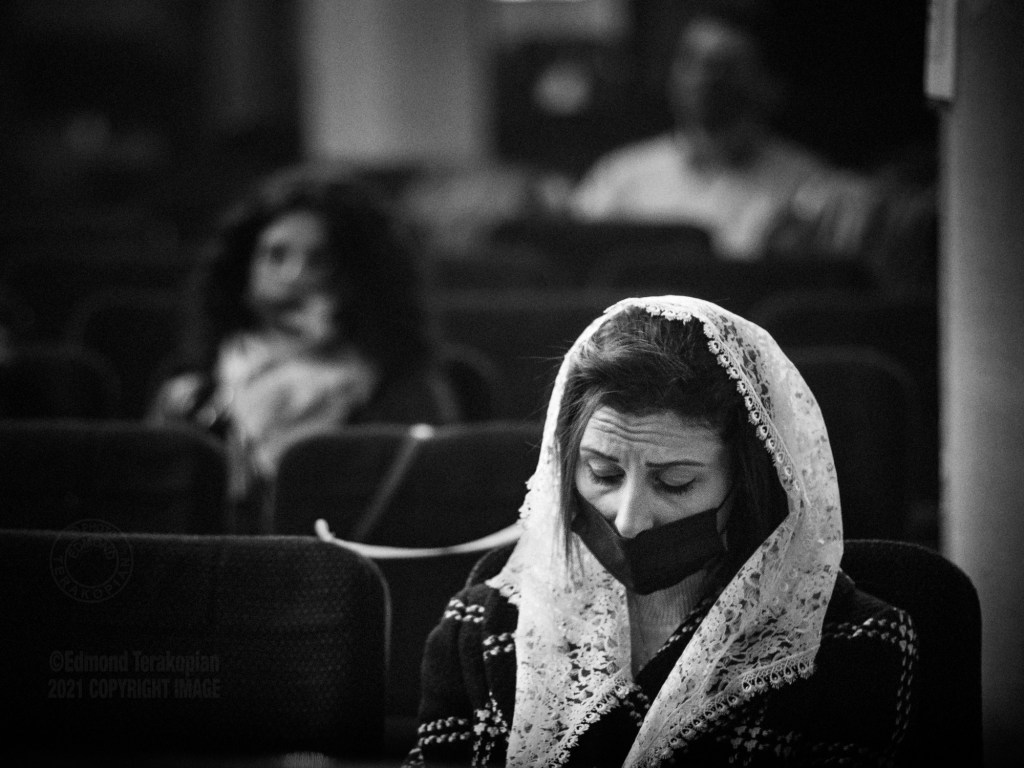
At the time of writing, the Voigtlander 29mm F0.8 MFT Super Nokton comes in at £1,599.00 (inc VAT) and the Voigtlander 60mm f0.95 MFT Nokton at £1,049.00 (inc VAT). Whilst not cheap, nor is their construction, or the results they produce. Given how well they perform, how well they’re made and well my older Nokton lenses have lasted, these are valued appropriately I’d say. These lenses are worth every penny and the Super Nokton is unparalleled in it’s f0.8 aperture.

When planning a camera outfit or planning lens purchases, investing in the best lenses you can get, is the wisest move. Sticking a cheaper lens in front of the best sensor, will give an much inferior result to putting a great lens in front of a good sensor. The other aspect, is that lenses far outlast camera bodies. So invest wisely and you won’t need to change the lens anywhere near as often as you would a body.
Both of these optics produce phenomenal results, with a look and feel that gives the images a signature and a ‘pop’. For me, a huge part of the attraction for Lumix and Olympus m43 is the Nokton range, as it adds tremendous versatility that no other lens mount on the market has; super fast apertured lenses covering ultra wide angle, to medium telephoto (equivalent of 21mm to 120mm). With the addition of these two optics, the range is now not only complete, but with the Super Nokton, out of this world good. I can’t recommend them highly enough. As I have done, get in touch with Robert White Photographic and check them out. You won’t be disappointed.
Final Thoughts
Whilst both m43 brands produce exceptional lenses, especially in their Leica DG and M.Zuiko PRO ranges, including faster f1.2 and f1.4 options, there just isn’t the option to go faster. In a sea of images shot with f2.8 zooms, with some stretching for the Lumix, Olympus or Sigma faster lenses, nothing is going to give the look of these Voigtlander lenses. The 60mm Nokton and 29mm Super Nokton, render in a unique way, not only letting you create in lower light, but to make an image which is unique. An image which pops. Bringing almost a three dimensionality to the scene. If you can look at a scene, raise your camera and make a unique photograph, I say, why not?! Creativity is about creating, not mimicking the masses with run of the mill facsimiles.
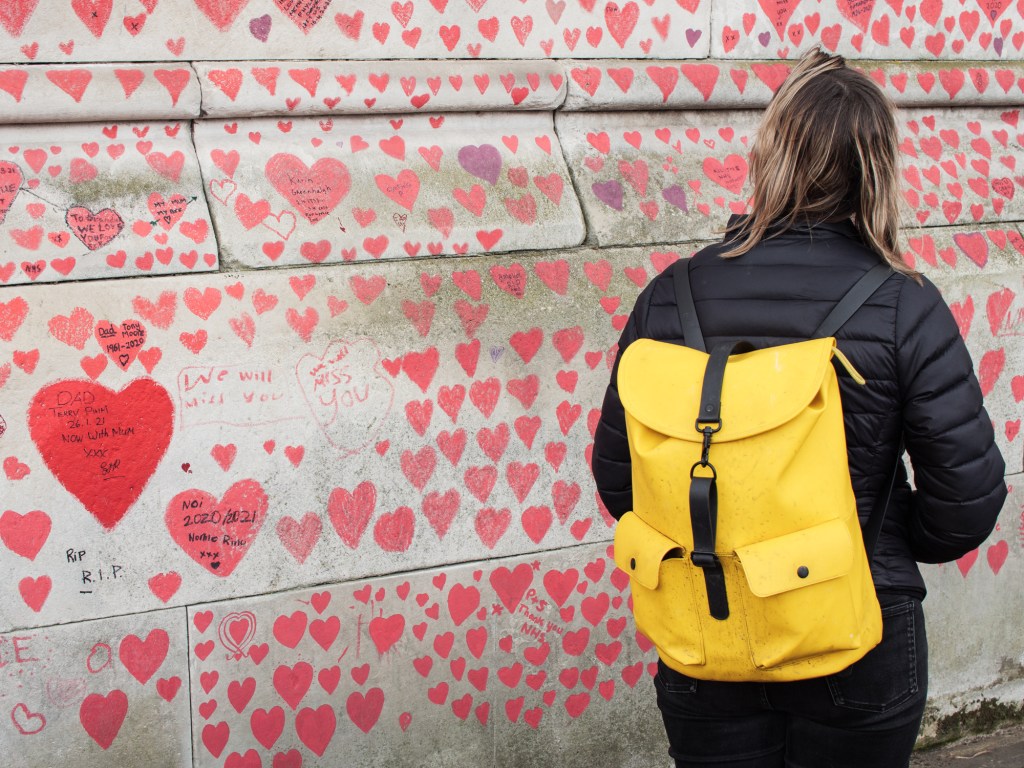
Aperture Is Aperture
These astonishing lenses are f0.8 for the Super Nokton and f0.95 for the Nokton.
Let’s clear up a misconception though; that of apertures being somehow different in Micro Four Thirds, as its a cropped sensor. I keep seeing misinformation online in forums and groups, so think it crucial to clear this up!
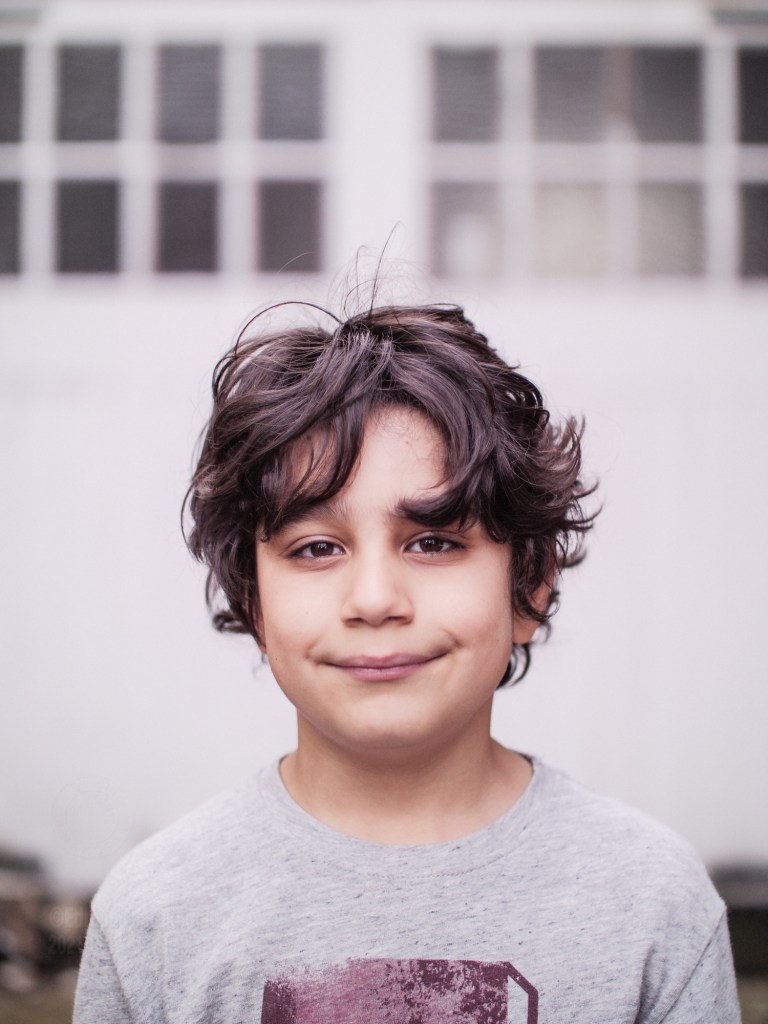
Imagine that you have a 70-200mm f2.8 lens. Its a constant aperture lens, so f2.8 all the way through. So, at 70mm, f2.8 is the same as f2.8 at the 200mm end. Both, given identical lighting conditions, will provide the exact same exposure. So, f2.8 is f2.8.
However, the depth of field on the same lens will differ tremendously from the 70mm to the 200mm end. 70mm will give a wider depth of field, with more being in focus, compared to a shallower depth of field at the 200mm end.
So, it’s in fact depth of field and the rendition of the image in defocused areas, or bokeh, which differs between sensor sizes. So, an f2.8 aperture on a given lens, will render bokeh, or set depth of field differently between m43, APS-C, full frame or medium format etc. The larger the sensor, the shallower the depth of field and the softer the bokeh. As mentioned though, the light gathering ability of that f2.8 aperture remains the same. So, for the physics of light, these f0.8 and f0.95 apertures, have the same astonishing light gathering ability as a full frame camera and lens would….well, if there was an f0.8 option available.

One last point on the subject of bokeh; many novices will rush to buy the most exotic aperture lens they can afford, wrongly thinking it will improve their photography because its a “bokeh monster” or that it will magically just render bokeh, without the photographer needing to master any basic elements of photographic technique or understanding of photography.
One can achieve beautiful subject isolation and soft background, with a lens set at F5.6 or f8.0, or get everything relatively sharp in the frame with little or no isolation using an f1.4 aperture. Camera to subject distance needs to be close and subject to background, much farther. Keep this in mind. It’s not just setting an aperture, but understanding subject and background distances, for a given aperture, for a given social length.
Given this understanding, then yes, a magical aperture of f0.95 or f0.8 will not only let you work in super low light, but allow you to achieve astonishing subject isolation, with that 3D look and super soft, beautiful bokeh. Given the lens is a good lens; aperture alone won’t produce creamy backgrounds. So dear reader, do get these dream lenses, but also learn about photographic technique and practice too, so you can get the most out of your lenses and even more importantly, get much more joy and satisfaction out of your photography.
One Last Thought On Bokeh
It’s really disconcerting how may photography enthusiasts are bokeh hunters. There’s a sizeable enough group of people who express more interest in out of focus backgrounds, than they do for the in focus aspect within the photograph; the actual subject. No great photograph in history has ever been about the out of focus background. Whilst these lenses will allow this, crucially, they allow creating photographs and video, in lighting conditions which would make it impossible. They produce a beautiful and unique signature when doing so and can make your subject pop. That is where they shine in my opinion.

READERS’ DISCOUNT CODE
The fabulous folks at Robert White Photographic and Flaghead Photographic Limited have very generously provided a 15% discount code. The code is multi-use, so you won’t be limited when getting a second or third lens, should you decide super low light photography or subject isolation like never before available on m43 is for you.
The code Terakopian will get you a 15% discount off, from any of the six Voigtlander Micro Four Thirds lenses. Visit Robert White Photographic if you’d like to use this discount. Having shot professionally with five of these lenses for years, I really cannot recommend them highly enough. They open up new avenues of possibility with your camera.
Link To My FLICKR Album
To view the photographs featured and some others, without downsizing or compression, please visit this Flickr Album which accompanies this review.





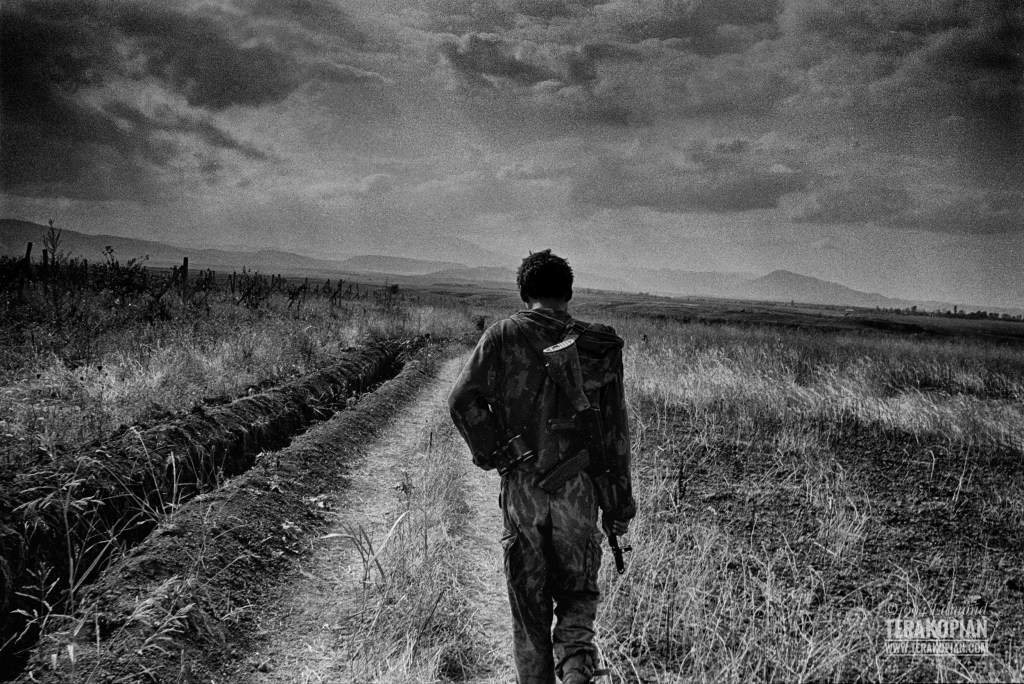








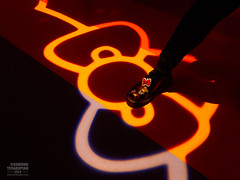







The Seam Between Photojournalist and Artistic Photography
As the year comes to a close, I was truly humbled and moved when photography commentator Shira Shavit wrote a piece about my work on her extremely popular LinkedIn.
Shira chose a backstage photograph of opera singer extraordinaire, Ida Ränzlöv, as a leading image and very kindly wrote the following about my work.
“I usually write about photographers who are not among the living. For photographers who have left a priceless legacy. That influenced me. Who left a mark on me. I have written very little about photographers while they are still alive. But this Is one of the pulse-pounding photographers and I am very attached to his work. A brave connection of a viewer In front of the work of the photographer – It’s a special bond . Edmond Is one of them. The seam between photojournalist and artistic photography – He symbolizes for me. Beyond being a photographer of supreme grace he Is also a wonderful human . Photographers show us the world, through the lenses of their eyes. I have a real and sincere fondness for observing the subject Of the world through the lenses of Edmond’s special eye.”
“Photography as a language, of all visual languages, Is known to be the most intuitive, completely unmediated and speaks directly to the brain. There Is a factor In photography that evokes the almost physiological response of the word / sound – wow. The wow factor – I found In his work.” – Shira Shavit, December 2021.
Leave a comment
Posted in News, Photography, Pictures, Review, viewpoint
Tagged analysis, black and white, comment, commentator, edmond terakopian, image, photography, photojournalism, photojournalist, portrait, press, reportage, review, Shira Shavit